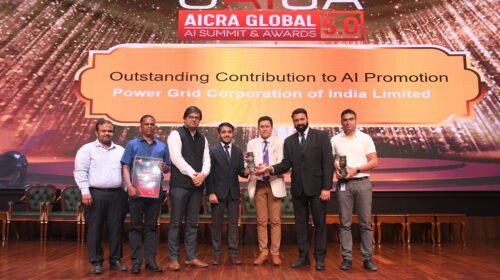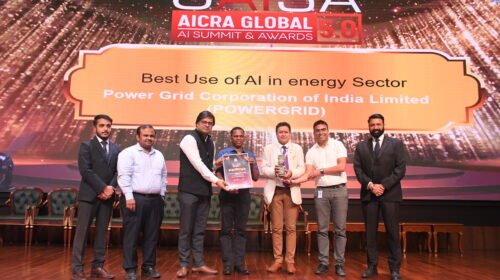This week had brought the entire science enthusiast an epitome of serotonin, giving a blissfully pleasurable experience. We are very much aware of the fact that it took eight telescopes across the planet a week of observations to produce the black hole image that stunned the world, but it took scientists a much longer period of time to teach those instruments to work together, for one mainstreamed objective.
And in those two years since the data behind that image was gathered, the Event Horizon Telescope partnership behind the groundbreaking observations has already been expanded to have a great point of view, with more telescopes looking to join the fray soon, which is what we need.
We know that each new instrument will sharpen scientists’ images of their quarry, but then it will also need to be outfitted carefully before it can join the collaboration, as it holds a lot of significance. Providentially, the hardest work is already been done, Dan Marrone, an astronomer at the University of Arizona and a member of the Event Horizon Telescope science team, told Space.com. “For the most part, the sites we’re adding now are just reimplementing the basic hardware that we know how to do well,” he stated.
More and more telescopes can enable the team can bring on board, the sharper the final image is, the better it is. The whole challenge in processing this comes from the fact that none of these telescopes were custom-built for the Event Horizon Telescope project. They’re just instruments, which happen to be what scientists call sub-millimeter telescopes, which can sense the whole wavelength range the Event Horizon team members needed to tune for their black hole hunt, which they successfully accomplished as well.
It is not that much of concern when it comes to our South Pole Telescope, then, the team needed to adapt a telescope designed to study the remnants of the Big Bang, which is where it all started, and then they installed a special detector and an optics package. All of which, of course, needed to withstand the extreme cold conditions of Antarctica, and this is why it is real hard to identify the things at the particular period of time.
And the instruments involved in all these observations are included in both single-dish telescopes and multidish arrays. Then, after that each of the instruments needed to be armed with an atomic clock so to be on the precise count that it loses just 1 second every 100 million years. The clock’s time must be imprinted on all the telescope’s observations so that when scientists combine data gathered by different telescopes, the observations aren’t blurred, as this is something of a real big significance in the discovery of something new.
The other crucial equipment, which the team required to install on each of the instruments, was a system that could keep up with the massive stream of data being produced, that is, 16 gigabits in every second of the observational period. Significantly though, the more than other astronomy projects, Marrone said. That is required for the recording systems in a custom-built from commercial components.The Event Horizon Telescope team has already outfitted one newcomer in this manner: the Greenland Telescope, which came online for the program’s 2018 observation campaign. The addition posed its own challenges though the telescope was originally built as a prototype for the dishes of ALMA, then it was crafted to withstand the cold conditions, shipped up to Greenland and set up as part of the Event Horizon Telescope.
It is not a hidden fact that there are always plenty of other schemas for how to arrange a collection of networked instruments. Though the team isn’t really all that picky about such things, as more telescopes will always adds to their resolution, no matter where they are. “The Earth’s terrain does a good job of randomizing where we can put them,” Marrone stated on the topic. But there’s no reason for the Event Horizon Telescope to always needed for being Earth-bound. Currently, there are no sub-millimeter telescopes in orbit, but then there are some team members who are looking into proposing just such an instrument.The problems can range from someone stepping on a cable or jumping near an atomic clock, to the wind blowing too strongly or two pieces of
metal touching each other when they shouldn’t. All these can be very interesting yet
monotonous at the same time. Because having such a job of significance at their
disposal can make things pretty much an impossible task to deliver
at the expense of such hard work.
Sarath Chandran, Team AICRA FutureTech





